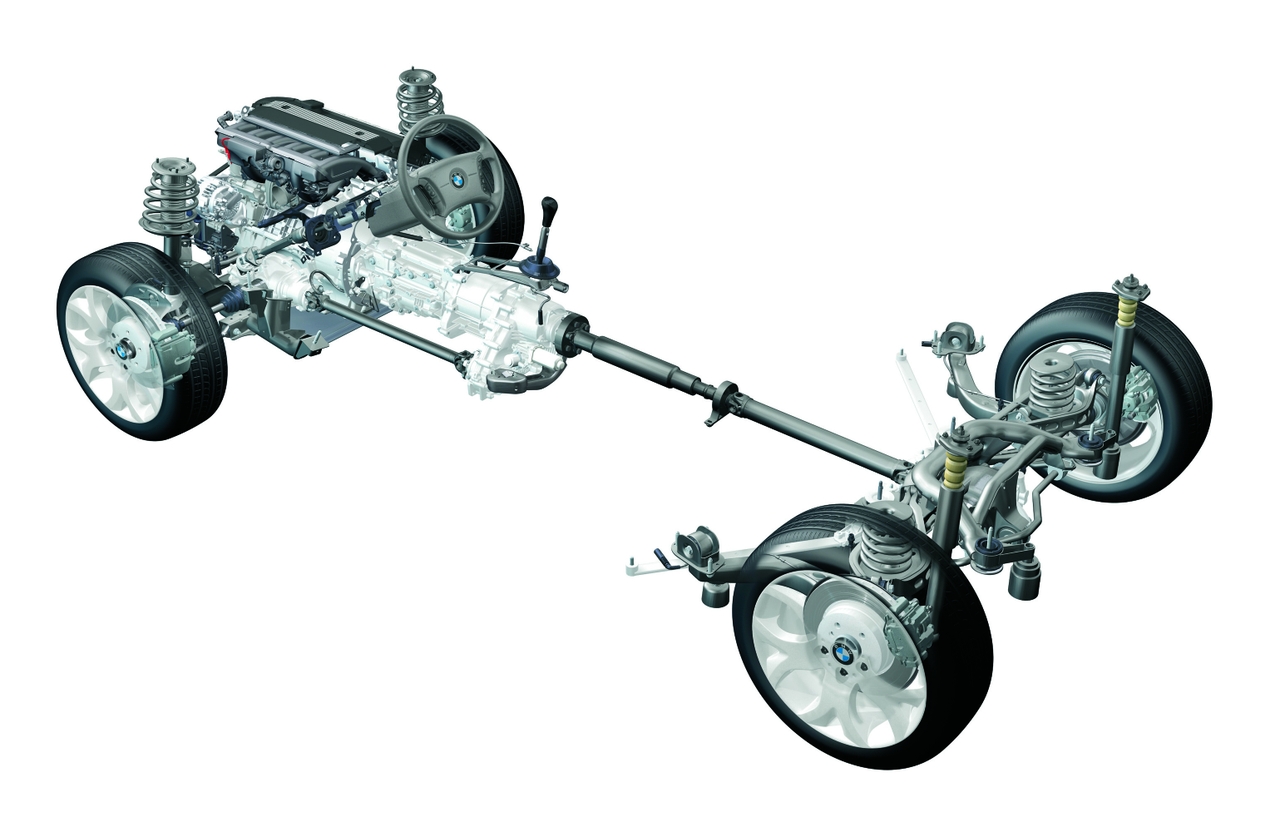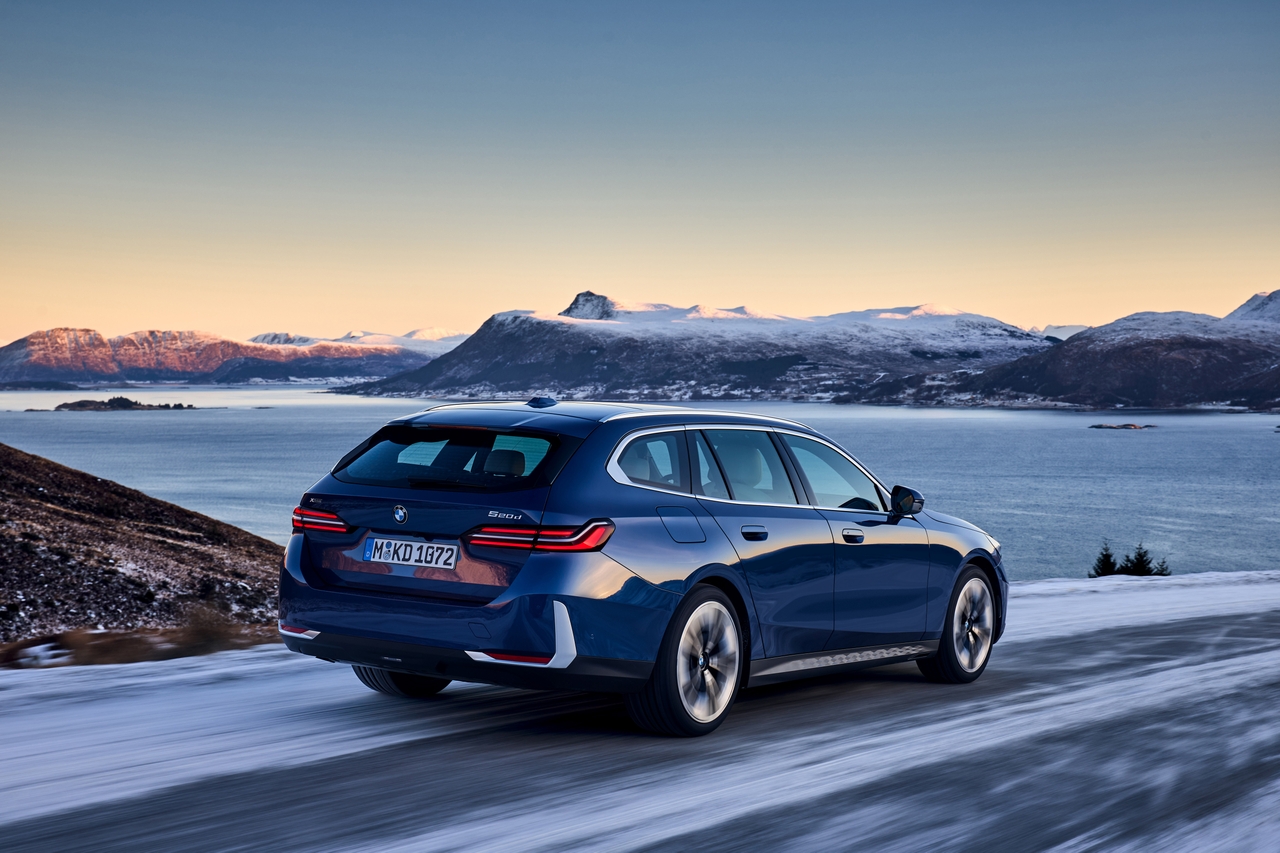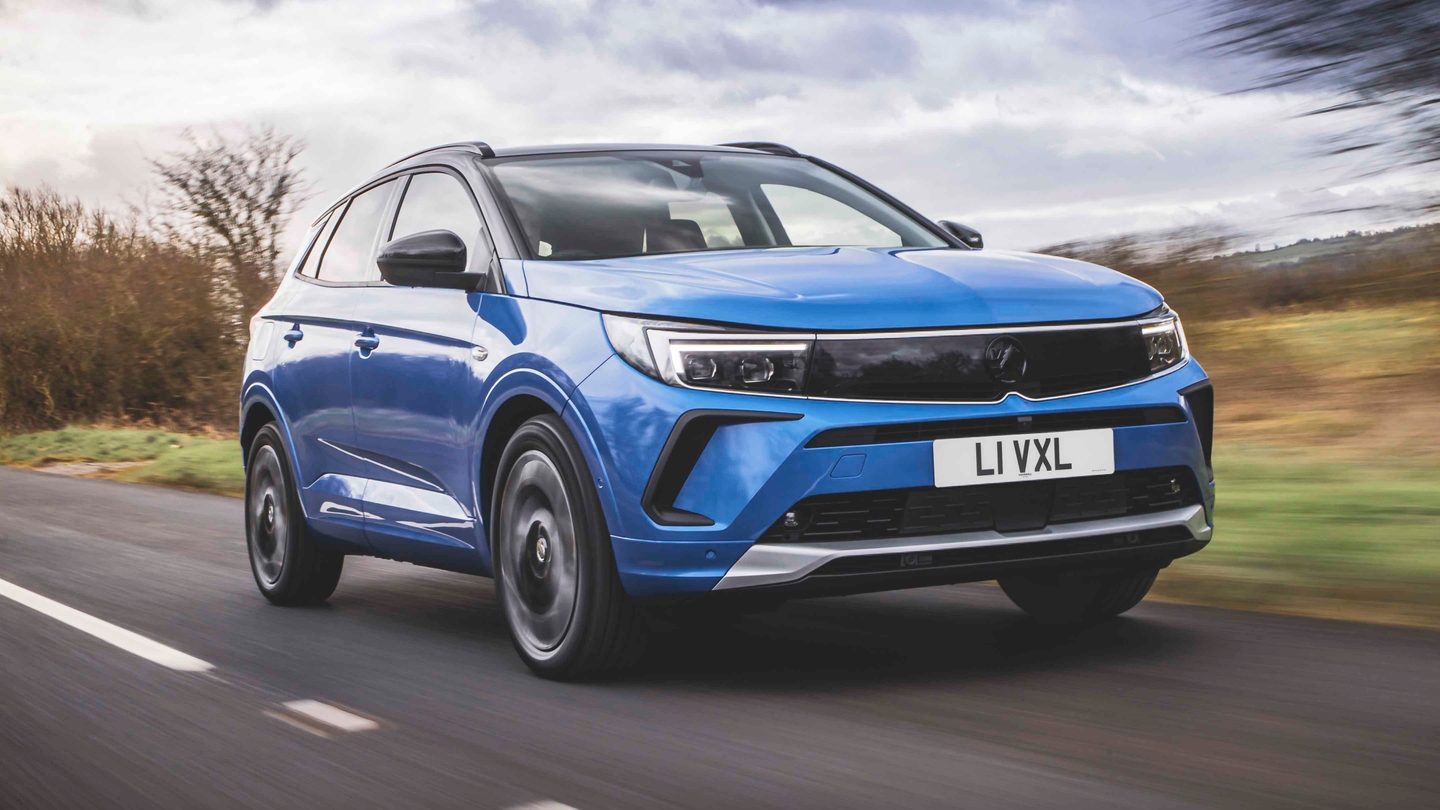If you're shopping for a BMW you'll have noticed that most models are available with xDrive – but what is it, and is it worth paying extra for? Find out in this handy guide.
BMW’s xDrive system is now optional or standard on every single one of the brand’s models, from its wide range of SUVs to its sports and performance cars. It’s BMW shorthand for all-wheel drive, where power can be sent to all four wheels to improve grip on slippery roads.
In this guide we'll dig deeper to find out how it works, as well as the pros and cons of choosing an xDrive BMW – and suggesting whether you need xDrive.
Shop all used BMW xDrive cars for sale at Motorpoint
How does BMW xDrive work?
xDrive is an all-wheel-drive system that can intelligently send power to the wheels that need it the most when the going gets slippery. Traditionally, BMW models have always been rear-wheel-drive – that is to say, the engine powers the rear wheels alone.
While this tends to make BMW cars feel sporty to drive, it means they struggle to put the power down when it's wet, cold and slippery – simply because the rear wheels don't have the weight of an engine on top of them to push them into the road for more grip.
xDrive models generally offer more grip in these conditions, because the car’s computer brain can send all the engine's power to all four wheels simultaneously. xDrive uses the car's stability and traction control systems to detect wheel slip and then quickly send engine power to whichever wheel has grip on the road, hopefully avoiding a slide and getting you on your way safely. xDrive uses an electronically controlled clutch to divert power between the car's four wheels, and it changes which wheels are getting the power very quickly.
Is BMW xDrive a four-wheel-drive system?

xDrive is an example of an all-wheel-drive system, as opposed to a four-wheel-drive system. The terms are sometimes used interchangeably but there’s a difference – that a four-wheel-drive system uses a transfer case to send an equal amount of power to all four wheels, which is great for off-roading.
But proper 4x4s with transfer cases and knobbly all-terrain tyres normally give rubbish on-road handling. An all-wheel-drive system (like xDrive) can automatically vary the power it sends to each wheel using a differential instead of a transfer case. This makes it a much better solution for dynamic road cars.
How good is BMW xDrive? What are the benefits?
It's very good, and getting better with each generation. xDrive was first introduced on BMW's 'X' range of SUVs: the X3 and X5 being the first to show it off. Since then it's been rolled out across the entire BMW range, and while it doesn't turn a BMW M3 into an off-roading monster, it does allow the taller SUVs to tackle reasonably tricky off-road conditions.

The most useful benefit of xDrive for most drivers is that it allows for more confident handling in the wet, allowing you to accelerate harder without feeling the rear tyres twitch and slide as you might in a traditional rear-wheel-drive BMW.
What’s more, many plug-in hybrid and fully electric BMWs come with xDrive. These models use an electric motor mounted on the back axle to power the rear wheels, and an e-motor’s instant power allows greater reactivity from the xDrive system.
In recent years BMW has even fitted xDrive as standard to its performance models, such as the M3, M4, M5 and M8. These M models get a specially tuned version of xDrive which helps these 500hp+ sports cars shoot off the line without much wheelspin, while also feeling exciting in corners, with more power being sent to the rear wheels than the front ones. In some M models you can disable the drive to the front wheels entirely, leaving you spinning your rear wheels for some traditional BMW drifting. On a race track only, please.
What are the downsides of xDrive?
A BMW model with xDrive costs more than one without (although some models are only available with xDrive), and secondly they will use slightly more fuel than a two-wheel-drive model.
Also, you’ll need to remember that the xDrive system isn’t magic and won’t save you from the worst conditions. You still need to drive carefully and, in cold conditions, you’ll improve grip further by fitting a set of winter tyres.
What BMW models are available with xDrive?
All of them! You'll find xDrive options on everything from the small BMW 1 Series to the traditional 3 Series and 5 Series, all the way up to the huge 7 Series. And naturally you'll find xDrive options on the X1, X3 and X5 SUVs too.
Is BMW xDrive worth it?
If you live in a rural area, or simply want the confidence of better all-weather grip, then the positives of a BMW with xDrive will outweigh the slightly higher running costs. But for most buyers, most of the time, the xDrive system is going to be unnecessary. Of course, a growing number of BMW models come with xDrive as standard, which makes the question largely irrelevant.
Read our in-depth BMW reviews


































